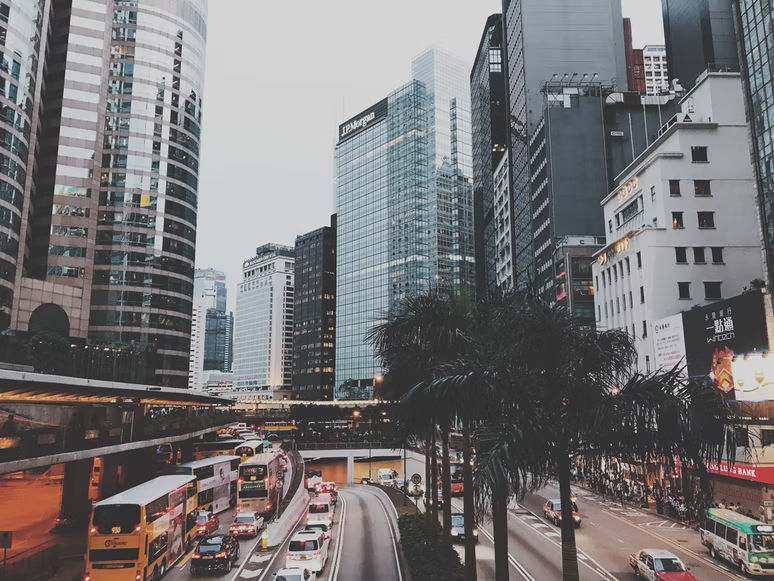The Federal Reserve’s aggressive stance to contain high inflation has left many experts concerned that the country may enter a recession. These worries come at a time when home prices are at an all-time high and mortgage rates are rising, prompting buyers to consider whether they should buy now or wait to see whether home prices fall as a result of the recession.
Also Read| Is it better to invest in real estate during surging inflation?
The Fed has hiked its federal fund rate to combat inflation and plans to keep doing so in the future. Mortgage rates rise indirectly as a result of such measures.
According to the National Association of Home Builders, home builder confidence fell for the ninth consecutive month in September as rising mortgage rates and high prices drove many buyers out of the market.
Builder confidence plummeted to its lowest level since 2014, with the exception of the initial days of the COVID-19 pandemic, according to the index.
Also Read| Why interest rates are being hiked globally?
“The prolonged downturn in confidence shows the housing market has been “in a tailspin for the whole of this year,” according to Pantheon Macroeconomics chief economist Ian Shepherdson.
“Activity tracks mortgage applications with a lag, and the early September numbers are grim, even before the full hit from the rebound in mortgage rates in recent weeks works through,” Shepherdson said in a note to clients.
“In short, the housing market is in a deep recession, which is already hammering homebuilders and will soon depress housing-related retail sales,” he added.
According to Fortune, homebuilders broke ground on 982,000 single-family houses in June. This is a 19% decrease from February and a 16% decrease from the same month in 2021. While there is hardly a “blowout,” it is evident that builders are pulling back. Traditionally, this is exactly what follows when a housing cycle turns over: As existing housing inventory, against which builders compete, begins to rise, homebuilders begin to cut down.
Also Read| How Paul Volcker tamed inflation with two recessions in 1980s
“Peak euphoria is behind us. We are giving back some of the euphoria [home] pricing that was rolling over every housing market,” says Rick Palacios Jr., head of research at John Burns Real Estate Consulting.
Existing housing inventory will continue to expand, but new home construction will decline. That is, at least, the opinion of John Burns Real Estate Advisory, which provides consulting services to both investors and builders. As it does so, the continued housing recession may cause house values in hot regional housing markets to fall.
Also Read| The 2008 market crash: Inside the doomsday machine and a brief history
According to Palacios, several frothy markets are on the verge of price decreases in both 2023 and 2024. Phoenix, Nashville, West Palm Beach, Las Vegas, and Austin are among the markets included. In Boise, Palacios believes housing values might fall year over year as early as December.
“Builders are deciding to not pour slabs in certain markets. Which is the technical trigger for a start for a home. In certain markets, it will feel like a housing bust. Soon after mortgage rates spiked this spring, the housing market slipped into a housing correction,” Palacios says.
Also Read| Great Depression to COVID: Top 5 market crashes in American history
Moody’s Analytics predicts that property prices in significantly “overvalued” housing cities such as Boise and Austin will decline by 5% to 10% in the coming year. Moody’s Analytics predicts that year-over-year house price increase will be 0% nationwide. However, if a recession occurs, Moody’s Analytics expects that highly “overvalued” housing markets would see home values fall by 15% to 20%, while countrywide home prices will decline by roughly 5%.
Over the last two years, investors have rushed into the US housing market. Small participants included Airbnb hosts and mom-and-pop landlords. There were also institutional investors like Blackstone and iBuyer players such as Zillow. Hot real estate markets may be found throughout the Mountain West, Southwest, and Southeast.
Also Read | US inflation rate at a 40-year high | A timeline: 1930-2022
The Federal Reserve switched from quantitative easing (purchasing bonds) to quantitative tightening earlier this year (selling bonds). Financial markets immediately increased both 10-year Treasury and mortgage rates. That’s exactly what the Fed wanted: if mortgage rates climbed, the Pandemic Housing Boom, which fueled rising inflation, would come to an end.
“I’d say if you are a homebuyer, somebody or a young person looking to buy a home, you need a bit of a reset. We need to get back to a place where supply and demand are back together and where inflation is down low again, and mortgage rates are low again,” Fed Chair Jerome Powell told reporters in June.
Also Read| How to survive a market crash
That Fed housing “reset,” according to Palacios, truly implies “falling house prices.” While the Fed did not specifically say it, Palacios believes that is exactly what will happen next.
According to Palacios, the continuous housing slump, combined with a determined Fed, is the perfect equation for a recession. Usually, Fed-induced recessions begin in rate-sensitive areas such as housing. This is how it generally works. Mortgage rate increases soon translate into fewer house sales. Then inventory soars and homebuilders cut back. Following that, demand for commodities and durable items will diminish. Unsurprisingly, a housing slowdown also results in job losses.
Also Read| Why is the US Fed Reserve hiking interest rates?
“The lesson learned in reading Paul Volcker’s piece, that’s where the Fed messed up in the 1970s. If you have this red light green light mentality around inflation, then you’re going to allow the psychology of inflation to get out in front of you… If you listen to the Fed over the last month or so, that’s what they’re so freaked out about,” Palacios says.







